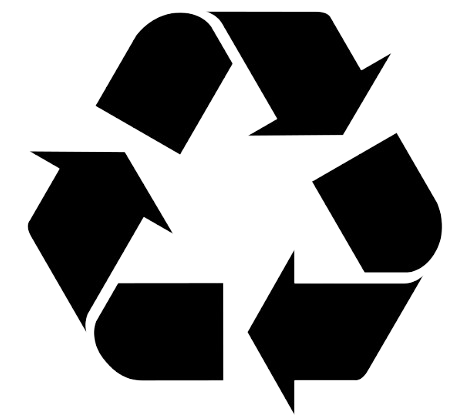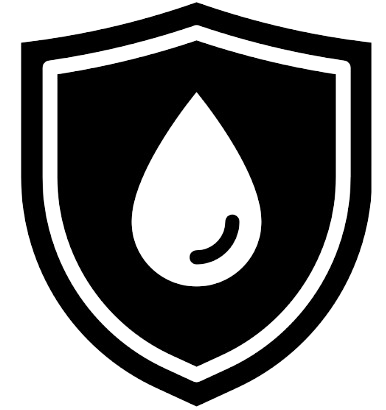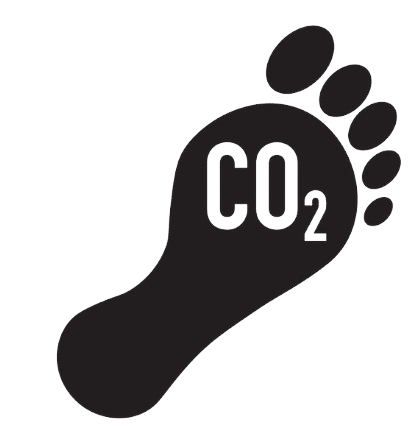How Does Plastic Affect Our Environment?
Plastic is undoubtedly one of the most convenient inventions ever created. It’s cheap, durable, lightweight and can be moulded to suit virtually any purpose. But there’s a dark side. We take a detailed look and answer the question: How does plastic affect our environment?
Where do we use plastic?
If you look around you now, how many things can see that are made of plastic? You can guarantee you’ll reach double figures pretty quickly. It’s in toothpaste (yes, those little blue/green dots in your toothpaste is actually bits of micro-plastic) It’s in exfoliating face scrubs, (again in the form of micro-plastics). Plastic bottles, containers, tubs, bags, cups, it’s even in our clothes as micro fibres.
Where does it end up?
The environmental and health impacts of plastic waste have been largely ignored since its invention in the 1950’s. Only 10% of worldwide plastic production has been recycled. It goes into landfill sites not only in the UK, but UK plastic waste has been shipped all over the world for recycling, yet frequently found too expensive to process due to lack of adequate sorting in the UK. As a result, it ends up in foreign landfill, leaching toxins for centuries, polluting soil and damaging wildlife on a monumental scale.
Plastic in the Ocean
Waste plastic in the ocean was the subject of a recent David Attenborough programme (Blue Planet II) which showed how widespread and destructive to marine life plastic waste has become. The Director of Ocean Conservancy warns, “A failure to address the mountains of waste in the developing world will result in as much plastic in our oceans as fish.”


How long will plastic last?
The lifespan of plastic is somewhat uncertain, but the scientific estimate for some plastics is around 450 years. But as this is only an estimate, the possibility of it lingering in our eco-systems for an eternity is not as far-fetched as it might sound. Plastic, by design, is meant to resist decomposition. It’s in your bottled water as well as your tap water in the form of micro-plastics or plastic fibres. These are too small to be intercepted 100% by most types of filtration systems.
Why are micro-plastics in the ocean?
Once plastic waste arrives into the ocean, the constant exposure to sunlight and salt water causes the plastic to become brittle. Erosion breaks it down into microscopic sized plastics, thinner than a human hair. These contain hormone disrupters that mimic oestrogen such as Bisphenol A (BPA) a commonly used plasticizer. The primary function of oestrogens is the development of female breasts, endometrium, regulation of the menstrual cycle.
Hormone disruptors in our food
Is excess oestrogen messing with your life? A survey of 200 sites in 20 countries around the world has found that BPA, which is linked to developmental disorders, is ubiquitous in Earth’s oceans. It gets ingested by marine life such as plankton. The plankton is in turn eaten by whales and other fish until it reaches the human food chain. Toxic filled plastic ends up on our dinner plates and in our bodies, impacting our mental and physical health.
Light at the end of the tunnel
It may seem all very doom and gloom, but new ways to tackle this crisis are emerging.
Recent research found that Mealworms converted half the Styrofoam they were fed into carbon dioxide and excreted the rest as biodegradable droppings, apparently safe enough to be used as soil for crops. What’s more, the Styrofoam-fed mealworms appear to be just as healthy as those fed a normal diet.
Given that China is refusing to accept our waste plastic, this is certainly an exciting development! But it certainly isn’t enough given the enormity of the problem. More government funding is needed to improve recycling technology and the sorting process, particularly in the UK.
Ocean Clean-up systems
Boyan Slat recently launched an Ocean Clean-up Programme. The 23-year-old Dutchman as designed an enormous floating device that collects plastic waste via the ocean’s currents. Check out the device design here.
You have the power
Are you going to be part of the problem, or part of the solution?
You as the consumer have the greatest power to stop more plastic entering the planet's ecosystems. Your behaviour is the major contributing factor.
By purchasing and re-using a reusable flask, bottle, bag or container and refusing to buy plastic carrier bags, single-use plastic bottles and tubs, you will force the industry to change its ways and make closed-loop recycling, by design, a priority.
SLO active have created a fantastically detailed article on the various types of plastic in our oceans, where they are, how they get there, and how we can all help to reduce the damaging effects that plastic has on our oceans and the marine life that falls victim to it.
Kedel Recycled Plastics
We at Kedel Limited have been recycling polystyrene into plastic wood for construction and outdoor furniture for the last 10 years.
We have prevented 1000’s of tonnes of polystyrene and polythene from going into landfill or incinerators and turned it into outdoor products that can be used and recycled over and over again.
Where to buy recycled plastics
You can find them on our websites: www.kedel.co.uk, www.kedeleducation.co.uk and www.recycledplasticbuildingmaterials.co.uk
Email us or call 01282 861325 option 2 for sales advisors who can point you in the direction of long-life maintenance-free products that will last for decades and then be fully recyclable.

.png)

 100% Recycled Plastic
100% Recycled Plastic Will Never Rot
Will Never Rot 25 Year Guarantee
25 Year Guarantee Low Carbon Footprint
Low Carbon Footprint